Savanna Hibiscus
Hibiscus flavifolius
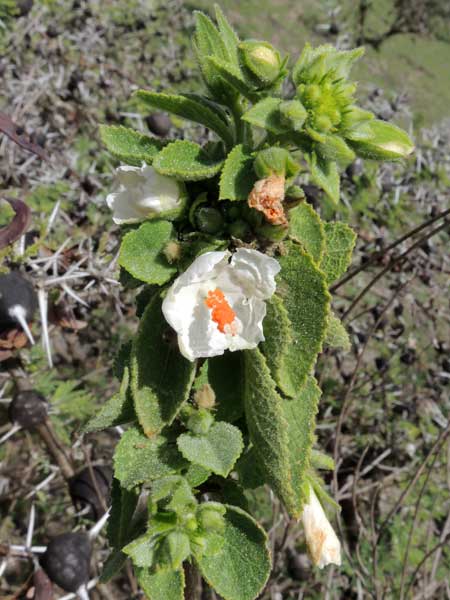
An abundant plant on heavily grazed savanna in Kajiado, Kenya, Africa. Dec. 2014.
Hibiscus Gall Mite
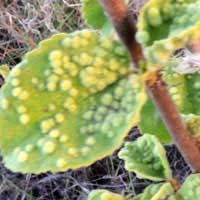
Looper Moth Larva
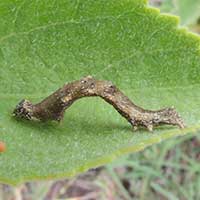
SHRUB: A tall narrow shrubby plant less than 2 meters tall.
FLOWERS: Five snow-white petals are spread widely. The stamen column is bright orange and very conspicuous.
LEAVES: The leaves are deltoid in shape with loosely toothed margins and a dense covering of short pubescence.
RANGE: Apparently distasteful to ungulates and therefore common on grasslands where grazers are in abundance. Otherwise this species seems to have a restricted range in Kenya and Tanzania.
FRUIT: The fruit turns to a dry capsule with about five carpels that split open to release seeds set with silky fibers.
UNARMED: No thorns.
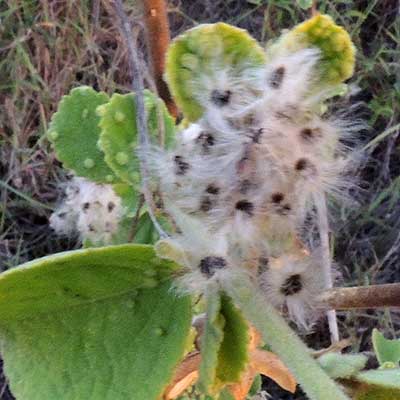
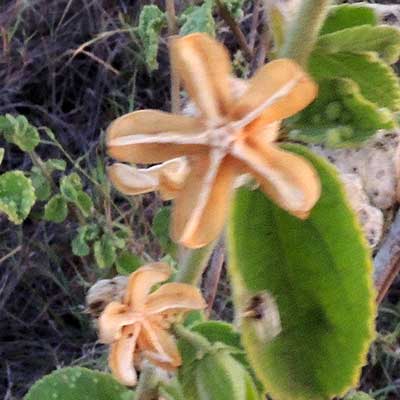
During visits to park and range lands in the Nairobi area during 2014 and 2015 this plant was very abundant and some nature observers were concerned that it was degrading the rangelands and displacing more suitable forage for ungalates. In 2017 in the area of Machakos I found the plant common, but most of the plants were being fed upon by a range of herbivorous arthropods and were clearly stressed as a result. The gall mites (thumb link at left) were affecting almost every plant.